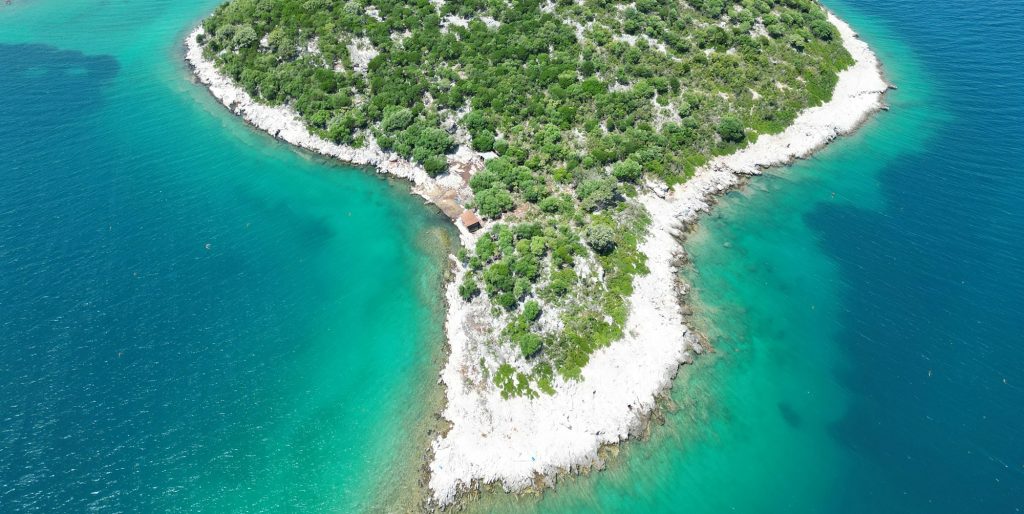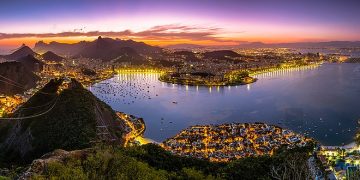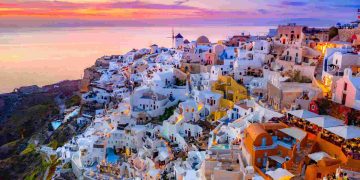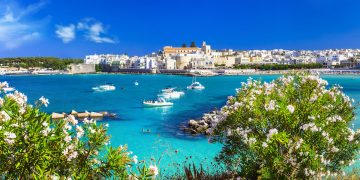Boutique Wineries in Dingač Region Now Offer Cliffside Tastings
By 2025, the Pelješac Peninsula—long overlooked in favor of Croatia’s more famous Istrian wine region—has emerged as a Mediterranean gem for travelers who prefer their wine routes wild, scenic, and delightfully under-the-radar. The heart of this renaissance lies in the sun-drenched slopes of the Dingač region, where terraced vineyards cling to steep coastal cliffs above the Adriatic, and boutique wineries are transforming the rugged terroir into a playground for oenophiles seeking depth and place in their glass. This is not just about wine tasting; it’s about feeling the sea breeze swirl through a Plavac Mali red while gazing over sapphire waters from a stone-walled vineyard perch.
Dingač has long been known among local winemakers as a site of fierce sun, unforgiving stone, and deep-rooted vines. But now, the secret is out. Boutique producers are crafting bold, elegant wines that reflect the peninsula’s unique microclimate, and they’re doing it with style. Many of these vineyards, once accessible only to locals or intrepid sommeliers, have opened their doors to visitors with tasting terraces built directly into the rocky hillsides. Imagine sipping a full-bodied red while surrounded by 70-year-old vines, limestone cliffs, and panoramic views of the sea—this is Pelješac’s calling card in 2025.
Tastings have become more than just a pour-and-go experience. Winemakers often serve their own family recipes alongside curated flights, from wild boar prosciutto to octopus carpaccio. Some offer wine pairings that stretch into full sunset dinners—complete with olive oil from groves just below the vineyards, or oysters from the neighboring bays of Ston. The emphasis is on slow immersion. Guests are invited to walk the vineyards, meet the winemakers, and taste varietals directly from the barrel. It’s an approach rooted in authenticity rather than performance, a welcome shift in a world full of overly polished wine tourism.
Technology is minimal, but sustainability is central. Many wineries have adopted organic and biodynamic practices, including hand-harvesting and low-intervention fermentation. Rainwater collection, solar-powered storage facilities, and soil regeneration through native herbs are becoming the norm. This eco-conscious ethos resonates deeply with a new wave of travelers looking to align their indulgence with impact.
Lesser-Known Than Istria But Growing Among Culinary Travelers
Croatia’s Istrian Peninsula has long been celebrated for its truffles, white wines, and hilltop towns, attracting gourmands from around the globe. But the Pelješac Peninsula, further south and stretching between the Dalmatian coast and the island of Korčula, is where culinary travelers are now turning their gaze. Pelješac offers a different sensibility—more rustic, more dramatic, and arguably more intimate.
The landscape here is steeper, stonier, and less tamed. The road to Dingač famously tunnels through a single-lane passage cut straight through the karst mountains, opening onto a dramatic drop into the sea. What follows is a wine route that feels entirely unspoiled: twisting dirt paths lined with fig trees, tiny hamlets with roadside cellars, and grapevines that look like they’ve weathered centuries. This is wine country not yet transformed by glossy tourism but still shaped by heritage, labor, and the land itself.
Culinary travelers find plenty to fall in love with. Beyond Plavac Mali, the local grape responsible for the region’s inky, structured reds, winemakers are now experimenting with lighter varietals, rosés, and orange wines that pair perfectly with Dalmatian seafood. The peninsula’s proximity to the Adriatic means that tastings often segue into beach picnics, oyster farm visits, or cooking classes held in open-air kitchens. Guests might learn to make black risotto with squid ink or peka, a slow-cooked lamb dish prepared under a bell-shaped dome of embers. These experiences are grounded in family traditions passed down through generations, not scripted for the camera.

Pelješac also attracts travelers who like to mix hiking, swimming, and exploring with their food and wine. Trails wind through olive groves and vineyards, connecting historic towns like Orebić with tiny bays ideal for a post-tasting dip. Locals recommend a vineyard hike followed by a swim, a cold glass of rosé, and a lunch of grilled sardines eaten barefoot on a shaded terrace. It’s a lifestyle that’s hard to argue with—and one that increasingly draws those who seek more texture in their travels than a wine list can offer alone.
In 2025, boutique accommodations are rising to meet this demand without compromising the area’s laid-back charm. Restored stone houses now operate as vineyard guest homes, while eco-lodges nestled into the cliffs offer vineyard-to-pillow experiences. Many of these stays include harvest participation during September, giving guests the chance to pick grapes at sunrise and crush them by hand—a reminder that every great wine begins in the soil, not the cellar.
For Roamcox Readers Chasing Wine Routes with a View
For Roamcox readers who crave beauty as much as body in their wine experiences, Pelješac checks every box. The visual drama is constant: ancient vines terraced down toward turquoise seas, ferry boats cutting through channels as gulls coast overhead, sunlight turning every hill gold at sunset. But what elevates this peninsula above others is its refusal to sacrifice integrity for spectacle.
This is a place where you can sip a complex, herbaceous Plavac Mali aged in Slavonian oak and, minutes later, watch a winemaker harvest olives with her grandfather on a neighboring slope. It’s where wine tasting is personal, not performative—shared with the same hands that bottled the vintage and shaped the land. For travelers used to more polished experiences in Napa or Tuscany, this authenticity is both disarming and refreshing.
The wine renaissance on Pelješac is not being led by big marketing campaigns or international conglomerates, but by small families reclaiming ancient knowledge and finding new ways to share it. There’s a generational shift happening here. Young winemakers, many of whom studied abroad in Italy, Slovenia, or France, are returning home to breathe new life into neglected plots. They’re blending old wisdom with new technique—wild fermentation, native yeasts, unfiltered bottles—while still honoring the Dingač name and its protected designation of origin.
The impact is cultural as much as economic. These vineyards are reactivating sleepy villages, bringing back harvest festivals, and creating new avenues for storytelling. They’re inspiring not just wine collectors, but also artists, photographers, and writers who come for a residency and stay for the rhythm. In a world increasingly obsessed with speed and scale, Pelješac offers a compelling counter-narrative—where craft, seasonality, and rootedness matter more than metrics.
In many ways, the Pelješac renaissance is about reclaiming balance. Between land and sea, tradition and innovation, solitude and celebration. It’s a destination for those who love wine not just as a product, but as a living expression of people and place. And for travelers chasing wine routes with a view, the cliffs of Dingač offer both—with a glass in hand and the scent of rosemary drifting up from the rocks.





















